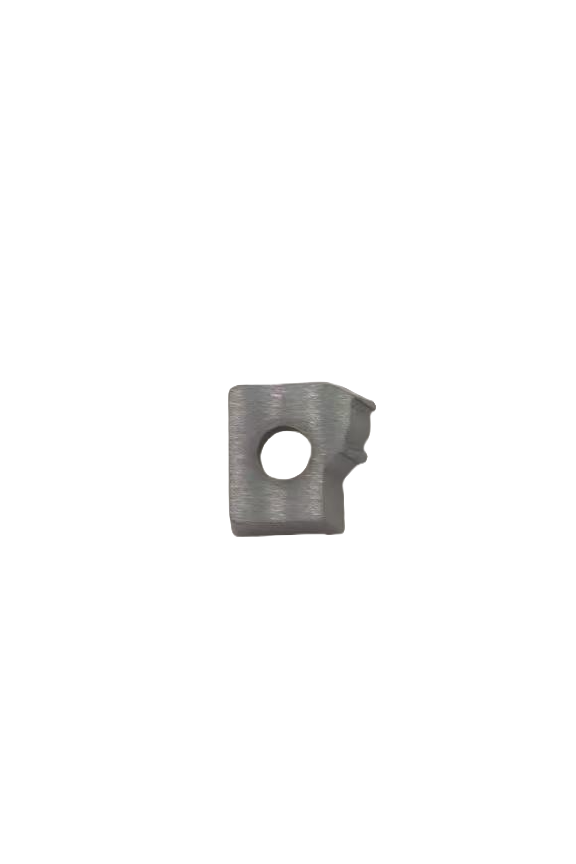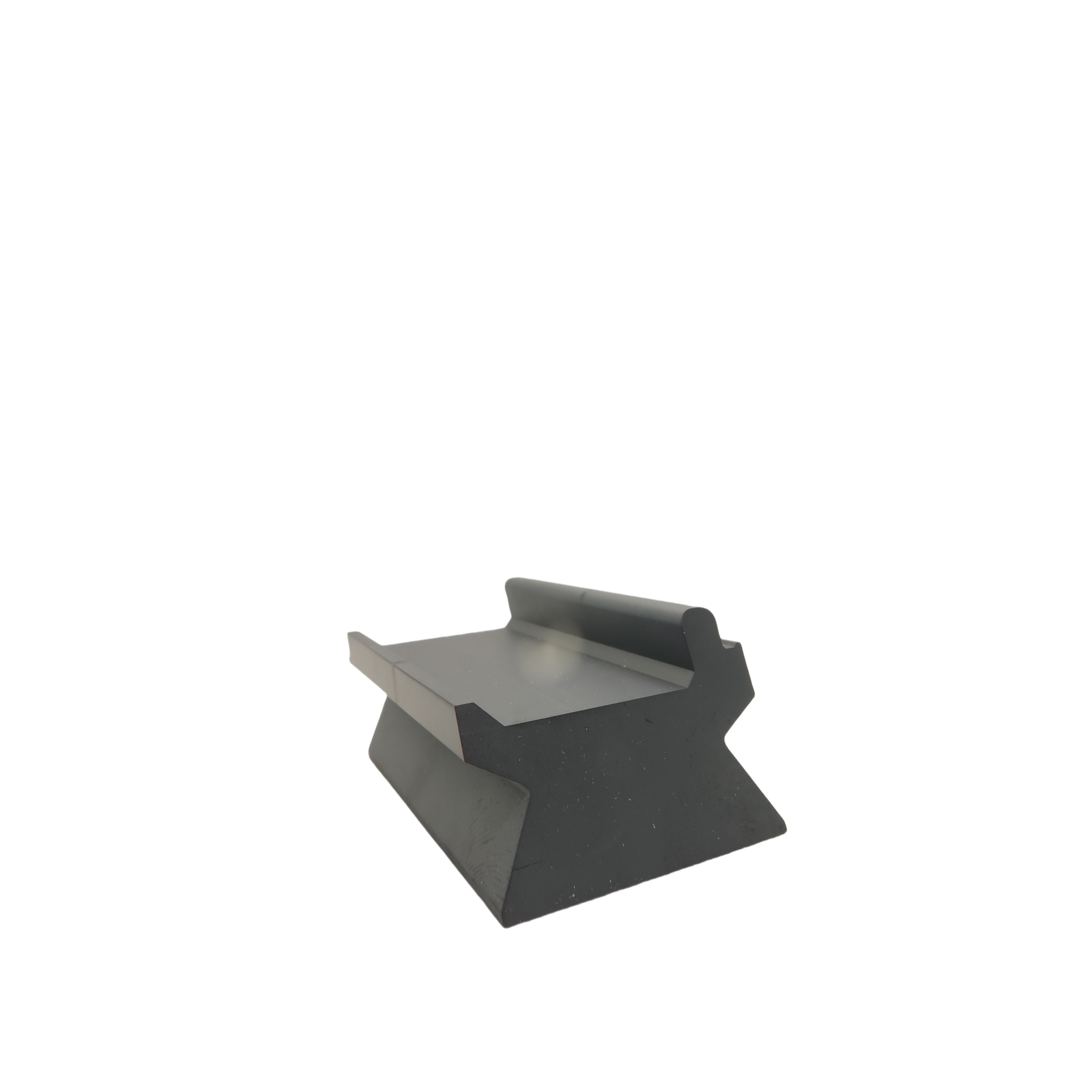Introduction: When ‘single-point breakthrough’ can not meet the needs of intelligent manufacturing
In the aero-engine blade curvature error ≤ 0.005mm, new energy vehicle motor shell processing beat compressed to 90 seconds today, the traditional single-edged tool has been complex to cope with the geometric complexity of the exponential growth of the processing challenges. Form Block Cutters is a revolutionary logic of ‘integral forming, once in place’, reconstructing the value chain of precision manufacturing!
I. The six descending advantages of forming block knives
- ‘Surgical precision control of complex contours
Molecular-level cutting edge fitting technology: the use of a five-axis grinding process so that the surface of the cutter body and the theoretical model of the workpiece deviation of ≤ 3μm (equivalent to 1/30 ofthe diameter of red blood cells)
Case study: A German turbine manufacturer optimised the surface roughness from Ra1.6μm to Ra0.4μm when machining guide vanes made of Inconel 718 alloy, achieving a mirror-polished finish.
- ‘Super time compressor’ for multi-process integration
Comparison of typical machining scenarios (automotive differential housing as an example):
| Process type | Conventional step-by-step machining | Forming block cutter programme |
|---|---|---|
| Number of tools | 7(roughing/finishing/chamfering, etc.) | 1 form block cutter |
| Number of tool changes | 6 times | 0 times |
| Total time | 43 mins | 18 mins |
- ‘Non-linear growth curve’ of tool life.
Stress field reconstruction technology: Optimisation of the internal lattice structure of the cutter body through finite element analysis, resulting in a 400% increase in chipping resistance.
Measured data: When machining titanium alloys, the life of the shaped block cutter is 2.8 times longer than that of a conventional ball end milling cutter (from 15 hours to 42 hours).
- The ‘invisible activator’ of machine performance.
Dynamic load balancing algorithm: the built-in chip monitors cutting force fluctuations in real time, and automatically adjusts the feed rate to keep the power stable at ±2%.
Benefit: After the use of a Russian machine tool factory, the spindle bearing replacement cycle has been extended from 6 months to 16 months.
- ‘Geometric free dimension’ for personalisation and customisation
Parametric design cloud platform: supports online import of STEP/IGES files, generating customised toolpath solutions within 24 hours.
Industry breakthrough: Successfully realised negative angle reverse cutting of helicopter rotor blade tongue and groove (not possible with traditional tools).
- ‘Carbon Footprint Reduction Expert’ for Green Manufacturing
Life Cycle Analysis (LCA): 52% reduction from raw materials to end-of-life recycling.
Key indicators:
68% reduction in coolant consumption (due to improved chip removal efficiency)
41% reduction in power consumption (reduced machining time)
II Value Quantification Model for Purchasing Decision Makers
Return on Investment (ROI) Calculation Formula:
ROI=Pt(Ts×Rh+Ct×Nt)−Pt×100%
- TsTs= Time saved per piece (hours)
- RhRh = Hourly machine tool rate (€/h)
- CtCt = Conventional tool cost per unit (€)
- NtNt = number of conventional tools replaced
- PtPt = Purchase price of forming block cutter (€)
Typical case:
An Italian brake disc manufacturer purchased €2450 formed block cutters to replace 6 conventional cutters (unit price €420), with an annual ROI of 317%.
Conclusion: It’s not a tool upgrade; it’s an evolution in manufacturing philosophy!
When machining efficiency begins to compete in seconds, the forming block tool is redefining the nature of ‘metal cutting’ – from discrete tool movement to the overall shape of the material reconstruction. Choosing it is not only choosing a tool but also choosing a passport to enter the core circle of intelligent manufacturing.


